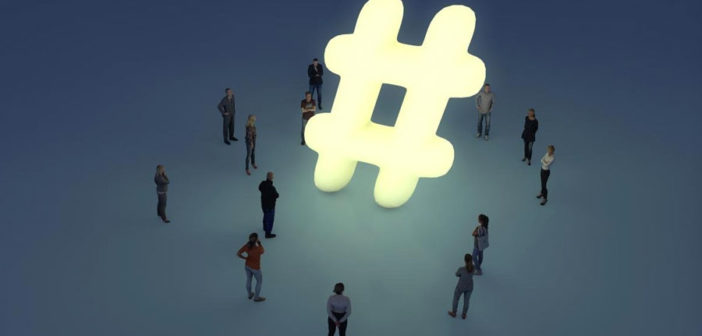Twitter is experimenting with a redesign to its one of its first ad products, the “promoted trends” that let advertisers highlight the subject of their choice near the platform’s closely watched list of trending topics.
The idea is to make them more visual and in the process restore enthusiasm for the product, according to people familiar with the plans.
The new look would make promoted trends stand out more clearly from the so-called organic trends, meaning discussions that Twitter lists purely because they’re popular.
“It’s like a header image above trends,” says an advertiser who has seen the redesign on mobile, speaking on condition of anonymity. Right now promoted trends are all text, unless you count the occasional emoji.
“Promoted trends kind of lost their luster,” the advertiser says. “So this is a new way to display them in a way that’s far more visual, and it takes up a much larger piece of real estate.”
Twitter declined to comment for this story.
Promoted trends have been available since 2010. Brands pay for a promoted hashtag to appear above a list of terms that are popular and rising in the conversations on the service.
Brands use the trends to promote product launches and special events; on Monday evening, Twitter’s United States trends list appeared directly beneath the promoted trend “#FinalSpace” and tune-in information for the TBS show premiering that night.
They can cost up to $200,000 for a day. It could not be determined what the new promoted trends will cost.
Twitter is only now showing them in pitch presentations to advertisers, and it’s unclear if they have been tested on the platform publicly yet.
The trend refresh would be the biggest update to the product since the introduction of emojis in 2015. Brands can put custom emojis alongside promoted trends, and the emojis automatically appear when consumers use the brand’s hashtag.
Twitter has been trying to simplify its ad business and make it easier for brands to spend on the platform. It’s also been working on the user experience, calibrating its algorithm to understand people’s interests better and building up video programming with media partners like Bloomberg and BuzzFeed.
The fourth quarter was Twitter’s first profitable one, earning $91 million on $644 million in ad revenue.
–
This article first appeared in www.adage.com
Seeking to build and grow your brand using the force of consumer insight, strategic foresight, creative disruption and technology prowess? Talk to us at +9714 3867728 or mail: info@groupisd.com or visit www.groupisd.com




